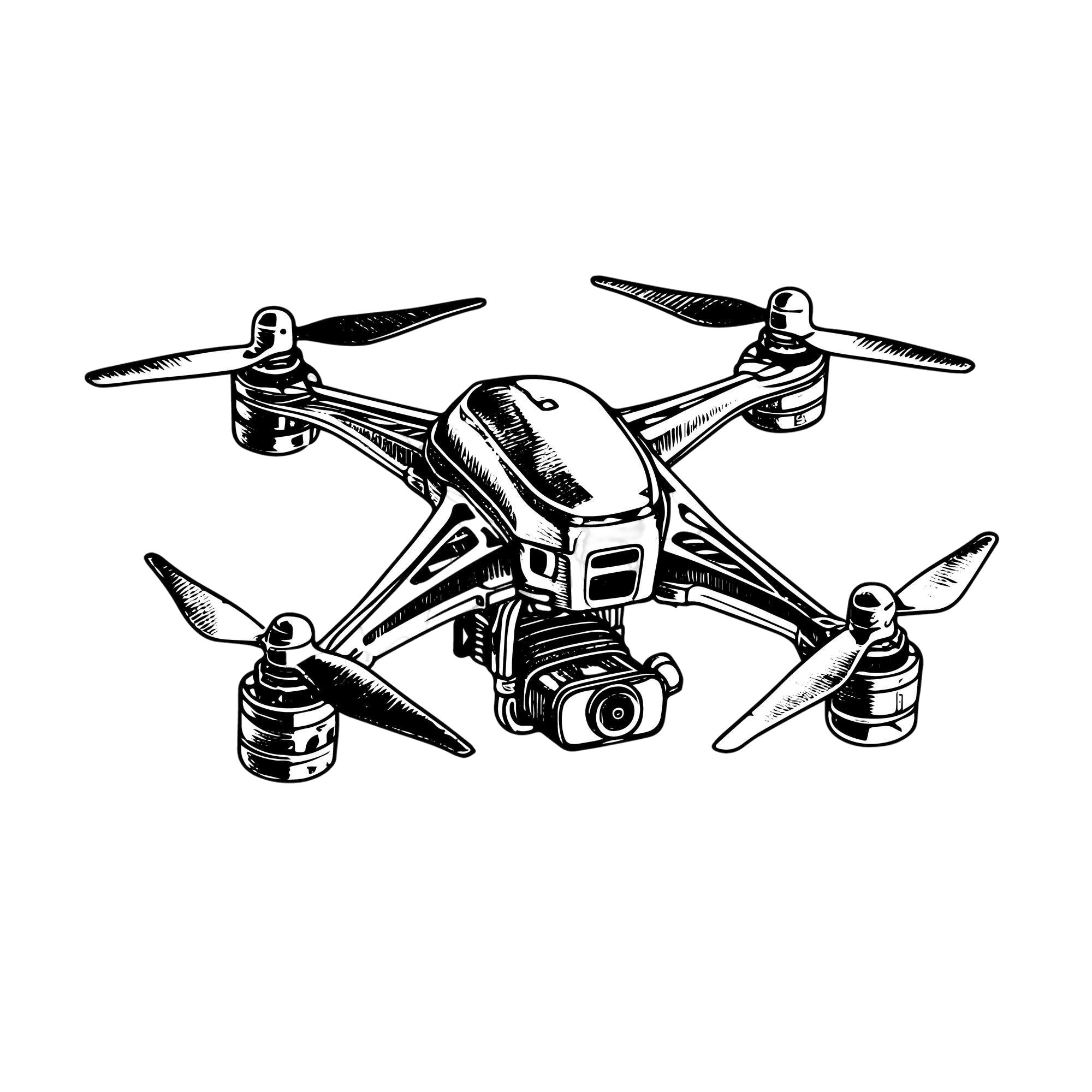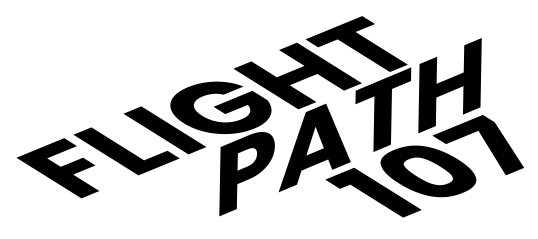When You Must Report an Incident to the FAA
Under Part 107, the Remote PIC is required to report certain incidents to the FAA within 10 calendar days.
These include:
If someone is seriously injured and requires hospitalization:
- Serious injuries typically include things like broken bones, deep cuts, or any injury that requires admission to a hospital.
- This also includes loss of consciousness.
Damage to Property (other than your drone)
If there’s damage to property (other than your drone) that costs $500 or more to repair or replace. This could be anything from a broken car windshield to damage to a building, or any other physical property.
The key point here is the cost threshold—if fixing the damage will cost $500 or more, it’s reportable.
Reportable Examples (Property Damage ≥ $500):
- Cracking or shattering a car windshield during a landing mishap
- Damaging the roof or siding of a building during a collision
- Knocking over and breaking professional camera equipment or lighting gear on set
- Hitting a power line or utility pole, resulting in repair costs or service disruption
- Damaging a fence, statue, or display at a commercial property
👉 The FAA’s $500 threshold isn’t based on how “bad” the damage looks—it’s based on how much it would cost to fix or replace the damaged property.
For example:
- If your drone clips a car and leaves a scratch that looks minor, but the repair shop charges $600 to repaint the panel, it’s reportable.
- If your drone knocks over a light stand that looks repairable, but the replacement cost is $550, it’s also reportable—even if it could be fixed cheaper.
So the key is: If the repair or replacement cost is $500 or more, you must report it—regardless of how small the damage seems at first glance.
When In-Flight Emergencies Must Be Reported to the FAA
Accidents aren’t the only scenarios where reporting is required under FAA Part 107 regulations. In-flight emergencies can also necessitate a report.
When Do You Need to Report an In-Flight Emergency?
- If your drone experiences a malfunction or failure during flight that significantly affects its safe operation, you must report it to the FAA. Here are the specific situations that require reporting:
- Loss of Control: If your sUAS becomes uncontrollable during flight due to a system failure, interference, or any other reason, you need to report this to the FAA. Loss of control can include anything from erratic movements to the inability to return the drone safely to the ground.
- Unintended Flight Beyond Operational Boundaries: If your drone flies beyond the planned or legal boundaries of your operational area without your intention, this must be reported. For example, if you lose the ability to control the drone and it flies into a restricted area or crosses into controlled airspace, you must notify the FAA.
- Collision with Another Aircraft or Object: If your drone collides with another aircraft (manned or unmanned) or any object, including trees, buildings, or power lines, this incident must be reported. Such collisions can cause significant damage or pose serious risks to others, making it vital to alert the FAA.
Gray Areas in FAA Reporting: When You Only Report If Asked
Accidents Happen: Awaiting Request from FAA
Under FAA Part 107, there are some situations where reporting isn’t always clear-cut. Here are a few examples where you might only need to report if the FAA asks for it:
Accidental Entry into Controlled Airspace
- If you accidentally fly into controlled airspace without permission but nothing bad happens, you don’t have to report it right away. However, if the FAA or air traffic control notices and asks for details, you’ll need to provide them.
Losing Visual Line of Sight (VLOS):
- Losing sight of your drone briefly isn’t something you have to report unless it leads to a safety issue, like a near-miss with another aircraft. If the FAA inquires about it, you’ll need to explain.
Exceeding the 400 ft AGL Limit
- Flying above the 400 feet above ground level (AGL) limit is a violation of Part 107 unless flying within 400 feet of a structure. If this happens accidentally but doesn’t cause a safety issue, you do not need to report it unless the FAA asks for details.
What Information Do You Need to Report?
Timeframe: Within 10 Days
You must report any qualifying accident to the FAA within 10 days. It’s important to act quickly because delaying beyond this period can lead to penalties or issues with your certification.
How to Report
The FAA prefers that reports are submitted online through the FAA DroneZone website. This is the most efficient and trackable method. Once logged in, you can find the “Report an Accident” section and fill in all the necessary details.
Keeping Your Records
Reporting accidents is not just a regulatory requirement—it’s essential for the safety of the airspace and the public. Here’s why it matters:
- Keep Records: Always keep notes on what happens during your flights, even for small incidents.
- Be Ready to Explain: If the FAA asks about any incidents, be prepared to provide a full and honest account of what happened.
- Voluntary Reporting: Consider reporting any safety concerns, even if it’s not required, to help build a safety-first culture.








